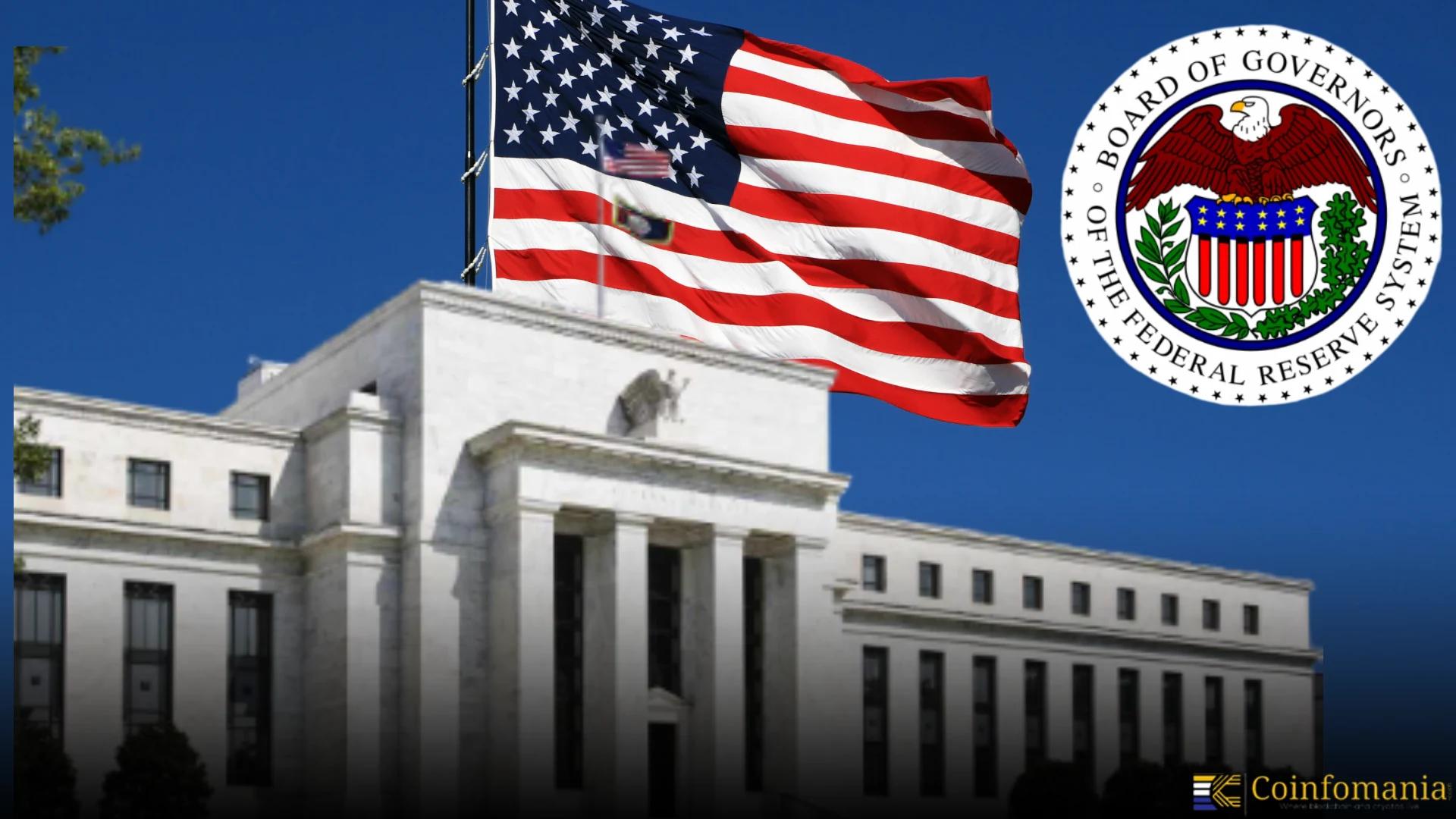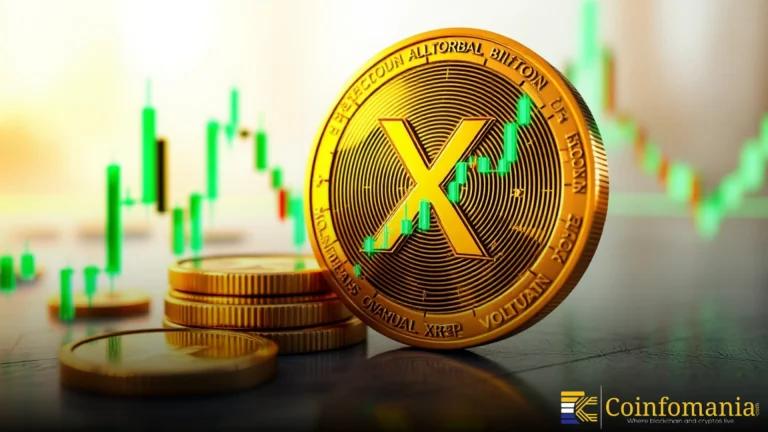U.S. Inflation Nears Federal Reserve’s Target
U.S. inflation is nearing the FED's 2% target, signaling a shift towards economic stability after a volatile period.

Quick Take
Summary is AI generated, newsroom reviewed.
U.S. inflation is stabilizing at the FED’s target of 2.0%.
The Federal Reserve’s aggressive rate hikes have brought inflation under control.
Economic models show a slight inflationary risk from tariffs.
The FED’s cautious approach is shaped by past lessons from quantitative easing.
Inflation in the U.S falls to 2.0 percentage, as of July 2025, which meets the targeted yearly inflation of the Federal Reserve. Economy in the US is stabilizing after a volatile time which was characterized by aggressive rate hikes. According to Truflation US Inflation Index, a real-time product that publishes inflation data, the inflation is rebounding back to where it should be in line with the aim of Federal Reserve. The leader of the Federal Reserve, Jerome Powell, has been dealing with such a transition since the time of aggressive interventions beginning in 2022.
The Fed’s Response to Economic Stabilization
In his 2022 statement Jerome Powell declared inflation to be a threat to the extent that the FED had to pursue desperate measures. All this interest rate increases have already started to take their toll making inflation 2.0%. With the inflation close to the aimed target, everyone looks forward to how the Federal Reserve will react further.
U.S. Inflation: Economic Models and Risks Ahead
Recent economic models seem to indicate that the level of the “tariffs imposed” could now have a slight inflationary risk of 0.2 basis points. Other variables such as the trade policies may, however, influence the future trends in inflation as the inflation is currently stabilizing. This is an indication that in as much as the FED made great progress, chances remain that inflation may creep in. These incremental changes might change the course of U.S inflation that FED has been struggling to put in check since the post 2008 financial crisis period.
In its response, the Federal Reserve implemented quantitative easing (QE) by adding liquidity into the economy. Though U.S. inflation, QE has seen stocks markets rise 10-20%, its direct effect on the growth of GDP was minimal, 2019 study by National Bureau of Economic Research further established.
Follow us on Google News
Get the latest crypto insights and updates.
Related Posts

PCE Inflation Revisions Put Bitcoin at a Crossroads as Gold and Stocks Surge
Triparna Baishnab
Author

Ethereum Whale Fully Unwinds Massive Aave Position in Rapid De-Risking Move
Triparna Baishnab
Author

Austin Hilton Breaks Down XRP’s Tough 2025 and Why 2026 Could Be a Turning Point
Triparna Baishnab
Author